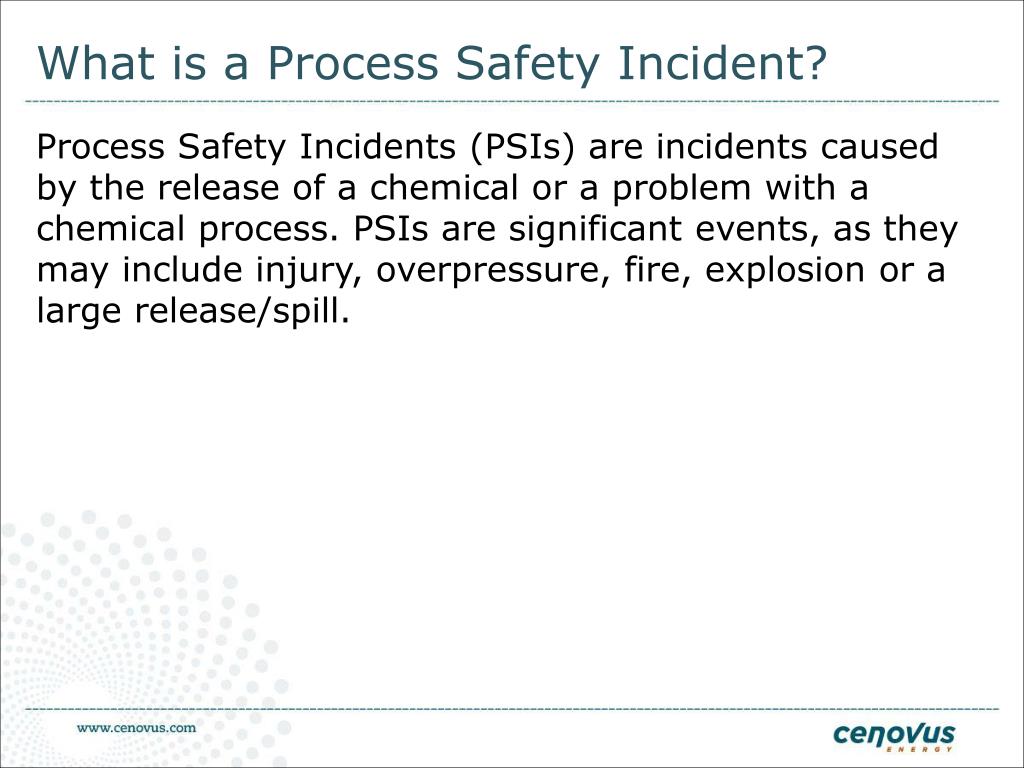

Review the incident root causes and corrective actions with employees to make sure they understand what happened and how to avoid a repeat incident. Implement Corrective ActionsĪs soon as possible after the incident, take corrective action. A quick, cheap fix might not be the best answer in the long run. Think about not only what is the most expedient action but also about which actions will permanently solve the problems that led to the incident. Once you know what happened and why it happened, you are ready to determine how to fix the problem so that you avoid repeat incidents. For example, in the case of a fall, in addition to obvious causes, such as a trip hazard, also consider possible causes such as inadequate lighting, whether the injured worker was carrying a large object that blocked his or her forward vision, or the trip hazard was left by a another employee who did not pick up after his task was complete. Try not to settle on a single cause theory-rather, try to identify all of the underlying causes as well as the primary cause. Human behavior is a common factor in incidents and includes carelessness, rushing, fatigue, and so on.Įmployees can face many hazards on the job, and there are almost always multiple causes that contribute to an incident.Systems and procedures factors include lack of systems and procedures, inappropriate systems and procedures, training in procedures, and housekeeping.Design factors include workplace layout, design of tools and equipment, and maintenance.Environmental factors include noise, light, heat, and vapors, fumes, and dust.Isolate Contributing FactorsĬontributing factors include the environment, design, systems and procedures, and human behavior. Check accident records to find out if there have been similar incidents or injuries involving other employees. Check equipment maintenance records to find out if regular maintenance or service was provided or if there is a recurring type of failure. Check training records to determine if appropriate training was provided and when training was provided. Photograph any items that will not remain or that will be cleaned up (e.g., spills, tire tracks, or footprints). Photograph any items or scenes that may provide an understanding of what happened to anyone who was not there. This includes looking for dents, cracks, or scrapes in equipment tire tracks or footprints spills or leaks scattered or broken parts and other factual evidence. Establish FactsĮxamine the scene of the incident, looking for things that will help you understand what happened.

It is best if the witness writes his or her own statement, but interview notes signed by the witness may be used. Get a written, signed statement from the witness. Remind them that these facts will be used to prevent a recurrence of the incident. Reassure them that this is a fact-finding process only. People may be reluctant to discuss the incident, particularly if they think someone will get in trouble. Interview each person separately and do not allow witnesses to confer prior to the interview.ĭuring the interview, put the person at ease. Interview victims and witnesses as soon as possible after the incident, but do not interrupt medical care to interview. At this point, a detailed report is not required-you just need enough information to understand the basics of what happened.

Get a brief overview of the situation from witnesses and employees directly involved in the incident. Let’s take a closer look at each of these steps.


 0 kommentar(er)
0 kommentar(er)
